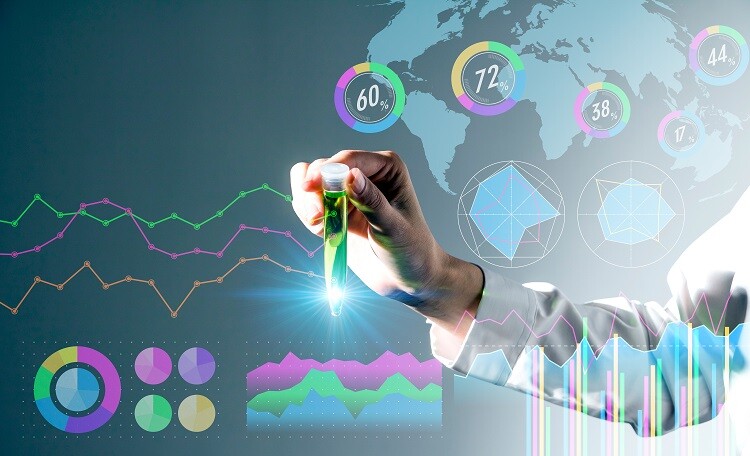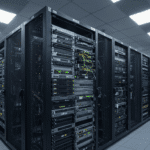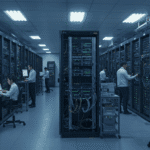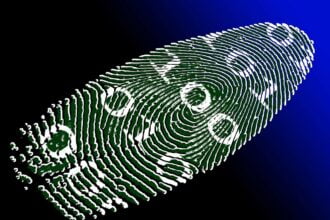Data science is changing the future of the field of biology. Last year, the data visualization market for biology was estimated to be worth $808 million One of the newest applications of data science in biology is in the arena of bioinformatics.
Data Science is the Future of Biology
?Simple? may be a bit of a stretch when explaining anything that revolves around biological data and genetic codes, but the big-picture view of bioinformatics can, at least, help depict the importance of them regarding issues that the world faces, including the ongoing battle against COVID-19.
Data science has been integral to the field of biology for years. It has been used in synthetic biology and other applications before. However, some of the newer applications of bioinformatics are even more fascinating.
The Oxford dictionary definition of bioinformatics is ?the science of collecting and analyzing complex biological data such as genetic codes,? but that still doesn?t completely answer the question of ?What is bioinformatics?? Here is a baseline look at the study and practical uses of bioinformatics.
The Crossroads of Science
As the name would suggest, bioinformatics is a science involving parts of biology and data science (i.e., informatics). Data science is affecting the progression and accuracy of processes in fields from video games to medicine and everything in between, and when coupling the analysis capabilities of data science with the research and development capabilities of a field like biology, a lot of good can be done in a short amount of time.
For something like COVID-19, for instance, the study of epidemics fused with the study of information resulted in a marriage of epidemiology and biostatistics that helped inform researches on creating vaccines, as well as distributing them efficiently. Bioinformatics is a similar marriage, with biology being the science and informatics being the data analysis.
Economics
The data industry, in general, has been steadily progressing in the past decade, more and more each year. In the last five years, the industry value has grown from $122 billion to more than $200 billion, and is expected to reach ~$275 billion by the end of 2022. With this rapid growth, investments in all sectors of the data world are abundant, and bioinformatics is very much included.
With realizations that there are many areas where bioinformatics have yet to be utilized, the market is expected to triple in size by 2025, to an estimated $19.8 billion. It is a major breakthrough in data visualizations. It?s probably no surprise that advancements in medicine are leading this charge, financially, but the Biden Administration has also made pledges to fund data science research relative to healthcare, meaning the growth in this industry could become even more exponential if it continues to prove itself as a worthy investment.
Uses
Perhaps the easiest way to understand something is to see it in action, and here are 3 ways scientists are utilizing bioinformatics today:
- Genomics ? Genomics researchers utilize bioinformatics to speed up processes related to analyzing DNA sequences, ultimately helping inform teams looking to combat a given disease. COVID vaccines and cancer research are two areas of genomics greatly enhanced by bioinformatics.
- Drugs ? In a similar vein as vaccines and future cancer treatments, current pharmaceuticals can also become more efficient with the almost-instant analyzation capabilities afforded by bioinformatics.
- Proteomics ? Proteomics also came into play with COVID responses, as the virus affected certain proteins found in the organism known as humans. Being able to evaluate proteomic data on a grand scale, helps scientists determine efficacy issues in response to infections that affect the proteome of a species.
Growth
As mentioned before, the economic growth of the bioinformatics industry is expected to be rapid, but the reason for this is the rapidness with which the industry is expected to grow regarding utilization. Though already booming, the areas of science that have yet to really be able to utilize bioinformatics (likely due to funding) outnumber those that already are, meaning a lot of potential for growth on many, many levels.







